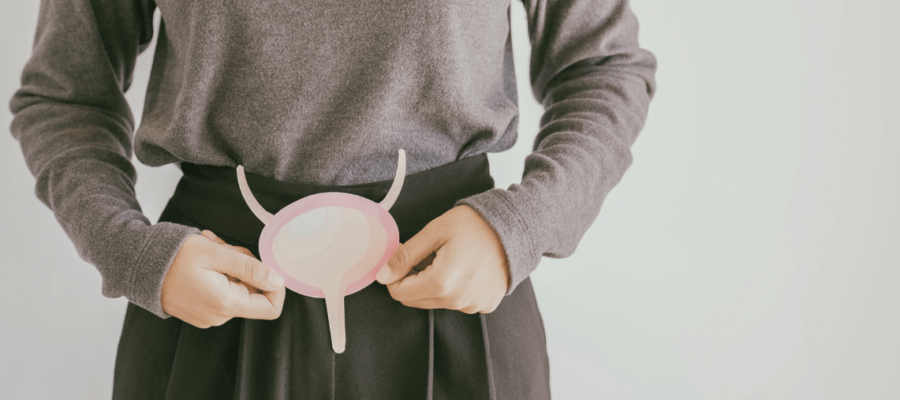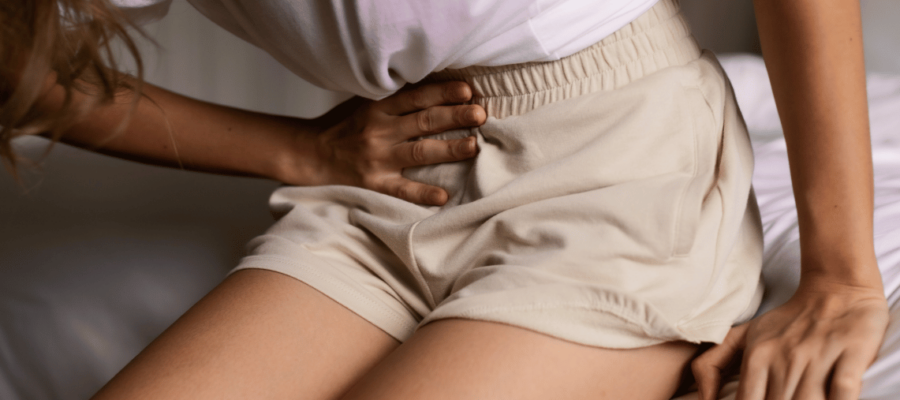Common causes of female incontinence.
Female incontinence is a common condition that affects many women of all ages. It is defined as the involuntary loss of urine and can be caused by a variety of factors, including pregnancy, childbirth, menopause, and certain medical conditions.
One of the most common causes of female incontinence is pregnancy and childbirth. During pregnancy, the growing uterus puts pressure on the bladder, making it difficult for a woman to hold urine for long periods of time. Childbirth can also weaken the muscles of the pelvic floor, making it more difficult to control the release of urine.
Another common cause of female incontinence is menopause. As women enter menopause, their levels of estrogen decrease, which can lead to a thinning of the tissues in the urinary tract and make it more difficult to control the release of urine.
Certain medical conditions can also contribute to the development of female incontinence. These include conditions such as diabetes, multiple sclerosis, and nerve damage. Certain medications can also cause incontinence, such as antidepressants and sedatives.
There are several different types of female incontinence, including stress incontinence, urge incontinence, and mixed incontinence. Stress incontinence is characterized by the leakage of urine during activities such as coughing, laughing, or exercising. Urge incontinence is characterized by a strong, sudden urge to urinate, followed by the involuntary release of urine. Mixed incontinence is a combination of both stress and urge incontinence.
There are several treatment options available for female incontinence. The first line of treatment is usually pelvic floor exercises, also known as Kegel exercises. These exercises help to strengthen the muscles of the pelvic floor and can be done at home without any special equipment.
Another treatment option is pelvic floor physical therapy. This type of therapy is done by a physical therapist who will teach the patient how to properly perform pelvic floor exercises and will also provide manual therapy to help relax and strengthen the muscles of the pelvic floor.
Medications can also be used to treat female incontinence. These include medications such as duloxetine and oxybutynin, which help to relax the muscles of the bladder and improve the control of urine release.
In some cases, surgery may be necessary to treat female incontinence. Surgery can be used to repair or support the structures of the urinary tract that are contributing to the incontinence.
If you are experiencing symptoms of female incontinence, it is important to see a healthcare provider for an evaluation. They will be able to determine the cause of your incontinence and recommend the best course of treatment for you.
In addition, there are some lifestyle changes that can help to manage incontinence. These include maintaining a healthy weight, avoiding foods and drinks that can irritate the bladder, and scheduling regular bathroom breaks throughout the day.
It is important to note that female incontinence is a common and treatable condition. With the right treatment, many women are able to regain control of their bladder and improve their quality of life.
In conclusion, female incontinence is a common condition that affects many women, caused by factors such as pregnancy, childbirth, menopause, and certain medical conditions. There are several types of incontinence and several treatment options available, including pelvic floor exercises, physical therapy, medication and surgery. If you are experiencing symptoms of incontinence, it is important to see a healthcare provider for an evaluation and to find the right treatment for you. Read more about our female incontinence products.
















